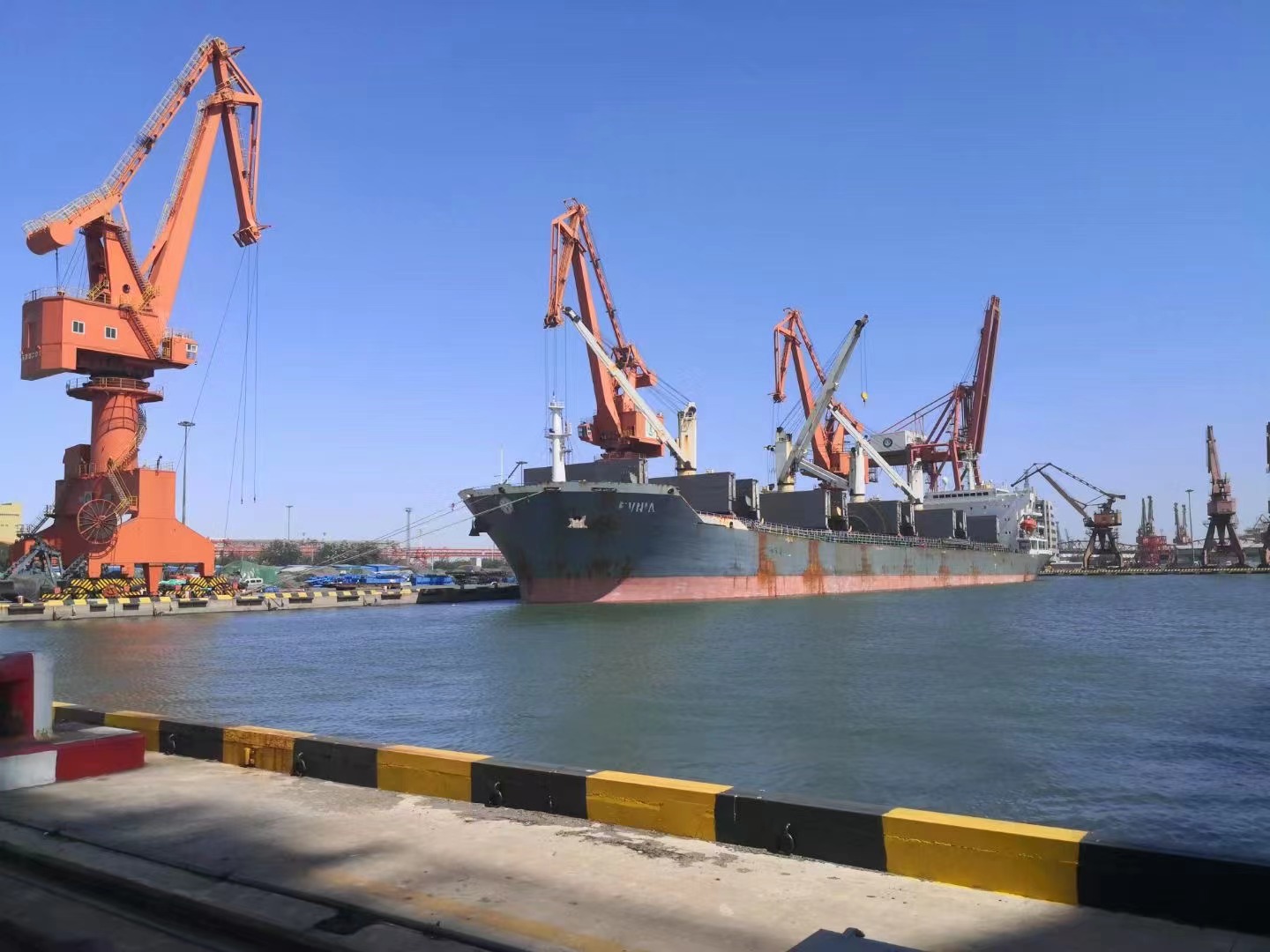-
Cangzhou Yulong Steel Co., Ltd.
-
Phone:
+86 13303177267 -
Email:
admin@ylsteelfittings.com
- English
- Arabic
- Italian
- Spanish
- Portuguese
- German
- kazakh
- Persian
- Greek
- French
- Russian
- Polish
- Thai
- Indonesian
- Vietnamese
- Zulu
- Korean
- Uzbek
- Hindi
- Serbian
- Malay
- Ukrainian
- Gujarati
- Haitian Creole
- hausa
- hawaiian
- Hebrew
- Miao
- Hungarian
- Icelandic
- igbo
- irish
- Japanese
- Javanese
- Kannada
- Khmer
- Rwandese
- Afrikaans
- Albanian
- Amharic
- Armenian
- Azerbaijani
- Basque
- Belarusian
- Bengali
- Bosnian
- Bulgarian
- Catalan
- Cebuano
- China
- China (Taiwan)
- Corsican
- Croatian
- Czech
- Danish
- Esperanto
- Estonian
- Finnish
- Frisian
- Galician
- Georgian
- Kurdish
- Kyrgyz
- Lao
- Latin
- Latvian
- Lithuanian
- Luxembourgish
- Macedonian
- Malgashi
- Malayalam
- Maltese
- Maori
- Marathi
- Mongolian
- Myanmar
- Nepali
- Norwegian
- Norwegian
- Occitan
- Pashto
- Dutch
- Punjabi
- Romanian
- Samoan
- Scottish Gaelic
- Sesotho
- Shona
- Sindhi
- Sinhala
- Slovak
- Slovenian
- Somali
- Sundanese
- Swahili
- Swedish
- Tagalog
- Tajik
- Tamil
- Tatar
- Telugu
- Turkish
- Turkmen
- Urdu
- Uighur
- Welsh
- Bantu
- Yiddish
- Yoruba

Dec . 19, 2024 18:23 Back to list
stainless steel pipe price
Understanding the Factors Influencing Stainless Steel Pipe Prices
Stainless steel pipes are a vital component in various industries, including oil and gas, construction, food processing, and pharmaceuticals. The durability, corrosion resistance, and aesthetic appeal of stainless steel make it an ideal choice for a wide range of applications. However, the prices of stainless steel pipes can fluctuate significantly due to several factors. In this article, we will explore these factors in detail, providing insights into why stainless steel pipe prices may vary and how businesses can navigate this ever-changing landscape.
1. Raw Material Costs
The primary component of stainless steel is iron, alloyed with chromium, nickel, and other elements. The prices of these raw materials are subject to market forces like supply and demand, geopolitical factors, and mining production levels. For instance, disruptions in mining operations in major producing countries can lead to shortages and consequently drive up prices. Similarly, fluctuations in the nickel market, which is a key contributor to stainless steel's corrosion resistance, can directly affect the price of stainless steel pipes.
2. Production Costs
The manufacturing process of stainless steel pipes is energy-intensive and involves several stages, including casting, rolling, and welding. Rising energy prices can significantly impact production costs. Furthermore, labor costs and technological advancements also play a role; investments in more efficient technologies can help companies reduce production costs, eventually affecting the final price of the pipes.
3. Market Demand
Demand plays a crucial role in determining the prices of stainless steel pipes. Various industries may experience seasonal fluctuations in demand, influenced by construction projects, energy consumption shifts, and supply chain dynamics. For instance, an increase in infrastructure projects typically boosts the demand for stainless steel pipes, leading to a price surge. Conversely, during periods of economic downturn, demand may weaken, causing prices to drop.
stainless steel pipe price

Global trade policies can significantly impact stainless steel pipe prices. Tariffs imposed by governments can raise the costs of imported materials, which ultimately affects the prices consumers and industries pay for these products. Trade tensions between countries can also create uncertainty in the supply chain, prompting manufacturers to adjust prices in response to potential supply shortages or increased costs.
5. Technological Innovations
The advancement of manufacturing technologies can influence stainless steel pipe prices. Innovations that make the production process more efficient can lower costs, potentially leading to more competitive prices in the market. Moreover, new technologies may also enable the production of specialty stainless steel alloys with enhanced properties, which can command higher prices due to their superior performance in demanding applications.
6. Market Competition
The level of competition in the stainless steel pipe market can impact pricing strategies. A highly competitive market often leads to price reductions as businesses strive to attract customers. Conversely, in a market where only a few producers dominate, prices may remain high due to limited competition. As companies expand their geographic reach or product offerings, the dynamics of competition can continue to evolve, influencing prices.
7. Economic Indicators
Overall economic conditions can also affect stainless steel pipe prices. Indicators such as GDP growth, inflation rates, and currency fluctuations can influence the manufacturing sector and, subsequently, the prices of stainless steel products. For example, a strong economy typically drives demand for construction and infrastructure development, resulting in higher prices for stainless steel pipes.
Conclusion
Stainless steel pipe prices are influenced by a multitude of factors, from raw material costs and production expenses to market demand and trade policies. Businesses need to stay informed about these dynamics to make strategic purchasing decisions and manage their budgets effectively. As the world continues to change, understanding the intricacies of stainless steel pipe pricing can help industries navigate the landscape more successfully. By keeping an eye on market trends, technological advancements, and economic indicators, businesses can better position themselves in a competitive market while ensuring they get the best value for their investments in stainless steel pipes.
Latest news
-
ANSI 150P SS304 SO FLANGE
NewsFeb.14,2025
-
ASTM A333GR6 STEEL PIPE
NewsJan.20,2025
-
ANSI B16.5 WELDING NECK FLANGE
NewsJan.15,2026
-
ANSI B16.5 SLIP-ON FLANGE
NewsApr.19,2024
-
SABS 1123 FLANGE
NewsJan.15,2025
-
DIN86044 PLATE FLANGE
NewsApr.19,2024
-
DIN2527 BLIND FLANGE
NewsApr.12,2024
-
JIS B2311 Butt-Welding Fittings LR/SR 45°/90° /180°Seamless/Weld
NewsApr.23,2024











